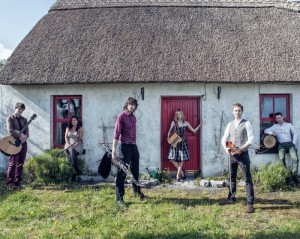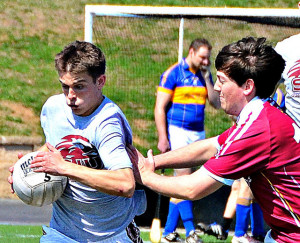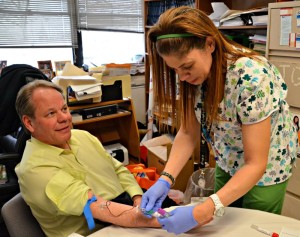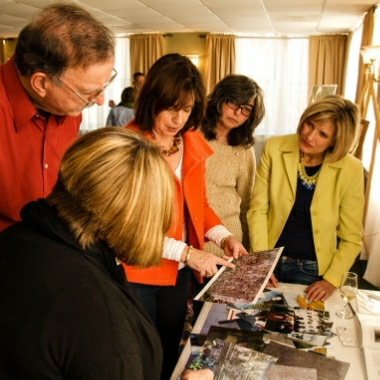It started on February 25. The Philadelphia Ceili Group needed a tidy pile of cash in order to book the Irish music supergroup FullSet for the organization’s big September festival. The goal: $4,000. The deadline: April 11.
The deadline passed a week ago, but the Ceili Group exceeded its goal on the crowd-funding site indiegogo.com long before that. The final tally: $5,690—fully 142 percent of the goal.
We chatted with the Ceili Group’s Rosie McGill about the successful fund drive, and how much it means for one of the region’s preeminent Irish cultural organizations.
Q. How many days did it take you, exactly, until you hit your goal?
A. Thirty-five. We had a date of April 1st for the $4,000 goal, because we had to get back to FullSet by then to lock them in for September 13th, but we set the Indiegogo campaign to last 45 days, so we had until April 11th to surpass our goal.
Q. It feels to me like it took a few days to gain momentum, but then, once it did, it really did start to take off. Is that a pretty fair assessment?
A. It seemed like funds trickled in at first, and then we got a steady momentum of a few a day once we got about 2 weeks from the April 1st date.
Q. When you start a fundraising drive like this, you’re really going on something like hope and a prayer. Did it ever cross your mind—did it ever cross the minds of anyone on the PCG board—that you might not make it? That you were biting off more than you could chew?
A. When I originally came to the board with the idea, there was some dissent concerning the campaign, that it would be more work than our volunteer board could handle. There were also people who were unsure of how it would work, being unfamiliar with that form of fundraising, and people who were concerned it wouldn’t work because so many people are asking for money that way these days. Even my own father was concerned about using a crowd-funding site to get donations, because we lose a percentage of the funds to use the platform.
I am really glad we took the chance to bring in the additional band and fund it through the crowd-funding, because we never would have been able to book the band otherwise, and now we have already gotten so much support for the festival, as well as the added benefit of everyone talking about us and the event, I really can’t wait to see how it shapes this year’s 40th Festival.
Q. And you’ve exceed your goal by a lot. Did you have any reason at the beginning to expect that kind of generosity? And what, if anything, do you think that means about the Ceili Group, and what people think of it?
A. I was hoping for it. I grew up in the Ceili Group, these people are like family to me. I didn’t doubt they would come through and support that community that has been going strong for 40+ years.
Q. So I assume you’re excited at the prospect of being able to bring FullSet to the Irish Center in September?
A. YEP! I can’t wait to see them perform! As you know, I run the workshops at the Festival, and I am most excited to have them teach workshops during the day on Saturday. Here’s a link to their teaching bios: http://www.rgmbooking.com/artists/fullset/fullset-teaching-bios/view Stay tuned to the event page on Facebook for the festival, or www.philadelphiaceiligroup.org
Q. Given that you’ve raised more than you needed to hire FullSet and Sean Keane, what else can you do—are you planning to do—with the extra?
A. Extra publicity for sure! It takes a lot to run a festival, including Sound men and equipment, accommodation costs, radio and newspaper ads, to name a few.
Q. What does it actually cost to put the festival on? How much of a dent does the $5,690 make in the overall cost? Does it give you a bit of breathing room that you wouldn’t have had otherwise?
A. Every year, our budget is based off what we brought in the door from the previous year. The main reason we did this campaign is to bring in FullSet in an attempt to bring more people to the festival and expand more from year to year. The bit of extra money we fund-raised over what we already spent on FullSet will be giving us more money to advertise, a rare opportunity to get the word out to as many potential audience members in an effort to rebuild the audience for our festival.
Q. Given the success, is crowd funding something you’re likely to try again, maybe next year?
A. I have been wondering the same thing. I set up a survey for people to give me feedback on that very subject, and also on the festival. I guess we will see what everyone says!








